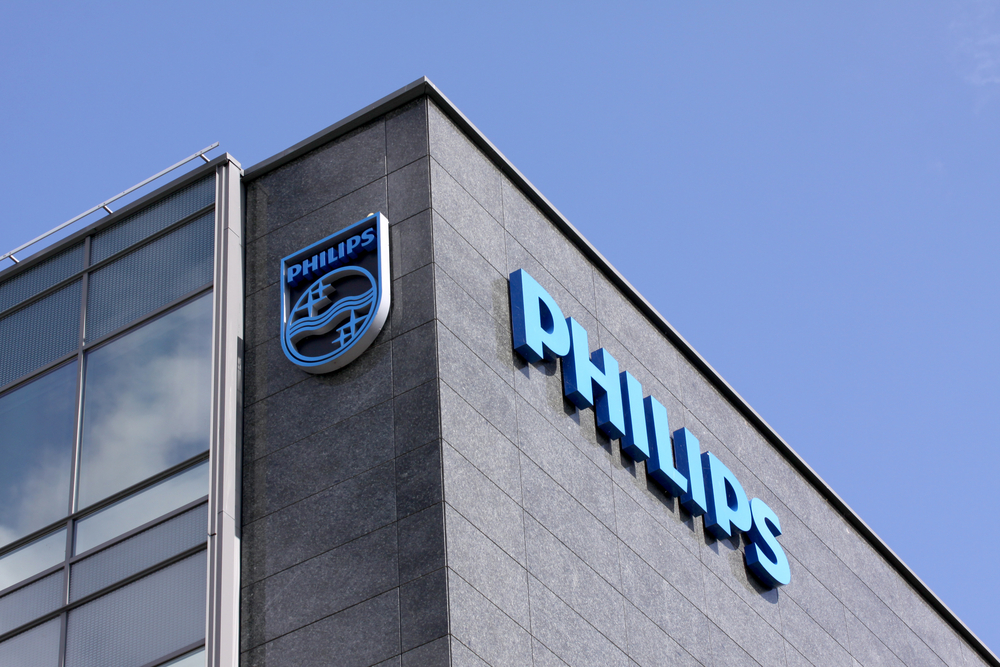Two years ago, Philips Respironics was forced to recall millions of its machines designed to help patients with breathing issues. The products included ventilators, bilevel positive airway pressure (Bilevel PAP, BiPAP, or BPAP) machines, and continuous positive airway pressure (CPAP) machines. CPAP lawsuits continue to be filed by those injured by the recalled devices. While the multi-national company continues to deal with the fallout of the CPAP recall and lawsuits, a new, unrelated CPAP problem has developed.
The Philips CPAP machine, the DreamStation 2, is being scrutinized over safety issues.
According to a November 28 announcement by the U.S. Food and Drug Administration (FDA), there has been an uptick in medical device reports (MDRs) concerning the DreamStation 2. The reports involve thermal issues such as victims smelling smoke, burns, and machines catching fire.
Medical device reports are collected from manufacturers, device user facilities, and importers to monitor a machine’s safety. Between August 1 and November 15 of this year, Philips filed more than 270 MDRs concerning DreamStation 2 machines with the FDA. In comparison, the agency said fewer than 30 MDRs were received in the previous three years.
This means users of the DreamStation 2 need to monitor the machines closely for signs of overheating. DreamStation 2 devices that are not exhibiting issues can still be used while the FDA and Philips determine the exact cause for the problems.
“This is a developing situation, and to date, reports gathered and analyzed by the FDA indicate that the thermal issues reported for the DreamStation 2 CPAP machines may be related to an electrical or a mechanical malfunction of the machine, which may cause it to overheat in certain situations,” the agency said.
June 2021 CPAP Recall
The focus on the DreamStation 2 comes at a time when Philips continues to manage the June 2021 CPAP recall, including not only negotiating expensive legal settlements with victims but also potentially handling a Justice Department Investigation brought on by media reports that detailed how Philips kept secret more than 3,700 complaints about its faulty products for over 11 years.
The 2021 recall centered on a polyester-based polyurethane foam used for sound reduction in several Philips breathing machines. It was determined that the foam could break down, resulting in users breathing in hazardous particles into their respiratory system. Illnesses associated with the recall range from headaches and coughing to asthma, pneumonia, and cancer.
The recall included the DreamStation BiPAP ASV, DreamStation BiPAP S/T, DreamStation Go, Trilogy100, and Trilogy200, among others.
While the DreamStation 2 was not part of the recall, it was used as one of the replacement machines.
What To Do if You Are Using a DreamStation 2 CPAP?
According to the FDA, the machines are safe to use as long as there is no evidence of overheating. However, the FDA and Philips are continuing to look at the issue. If users have any concerns like unusual smells, sounds, or changes in appearance, they should stop using the device and contact the FDA or Philips.
The FDA also has released the following list of recommendations to follow when using the DreamStation 2 CPAP machines:
- Keep the machine on a firm, flat surface
- Keep the machine away from carpet, fabric, or other flammable material
- Carefully clean the machine
- Empty the machine’s water reservoir
- To reduce the risk of burns, let the heater plate and water tank cool off for approximately 15 minutes before removing the tank.
- Inspect and examine the machine before and after each use for unusual smells or changes in appearance. Some problems have been noticed only when the machine is running, so note any differences in the machine as you prepare for bed or before you fall asleep.
- Stop using the machine if you detect a burning smell, notice a change in appearance or performance, experience water spillage, or hear unusual sounds.



